Austrian Pinscher
The Austrian Pinscher is a medium-sized dog breed originating in Austria. It’s original German name is Österreichischer Pinscher and their first name was Österreichischer Kurzhaarpinscher or Austrian Shorthaired Pinscher.
These lively little dogs were mainly kept by Austrian farmers who needed a versatile farm dog to perform different farm jobs and tasks. The Austrian Pinscher was entrusted with many farm tasks, but their main ones were vermin control, livestock, and home guarding.

Height:
16–20 in (42–50 cm)

Weight:
26-40 lb (12-18 kg)

Origin:
Austria

Life Expectancy:
12-14 years
Dog Breed Characteristics
Appearance
To ensure that the Austrian Pinscher can continue to perform the variety of tasks for which it was bred, none of its features should be exaggerated. When compared to the German Pinscher, this breed has a stronger build.
With a broad skull that is slightly longer than their muzzle, the Austrian Pinscher's head can be described as "pear-shaped." Their eyes and nose must be black, regardless of the color of their fur. Known as "button ears," their ears are positioned high on their heads and are semi-erect, with the tips folding over. It is recommended that they have a well-defined and muscular body shape with a rectangular outline. Their strong legs support their barrel-shaped chest. Their tail should be kept to a manageable length and carried high over their body.
Coat type and color
Gold, black, yellow, and red are all acceptable colors for the Austrian Pinscher's thick double coat. White markings can be found on various parts of a dog's body, including the face, feet, and tail.
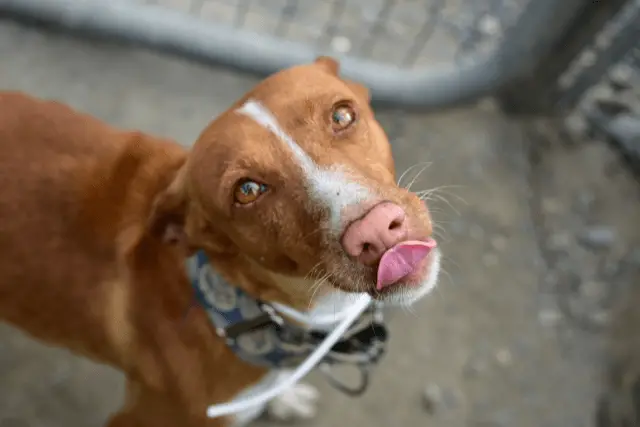
Temperament
Despite its working dog history, the Austrian Pinscher can make a wonderful family dog and a fantastic playing partner for kids. They have a close relationship with their family, and they show their love and devotion to them at every opportunity. In large part, this is due to their inherent gentleness and playfulness.
The ever-vigilant Austrian Pinscher makes an exquisite watchdog, and these dogs never miss a beat. When an Austrian Pinscher is present, you can feel safe knowing your home is well-protected. However, these dogs are more likely to bark than attack to keep an intruder away, but they can get physical when threatened.
However, the Austrian Pinscher's inherent suspicion of strangers can be a double-edged sword. It is known to be distrustful of strangers and people that aren't in their immediate social circle.
Care guide
Austrian Pinschers might be active farm dogs that don't require much, but their owners need to ensure their dogs receive all they need. The best thing you can do is talk to your vet and ask them to help you establish a good care regime. The most crucial aspect of Austrian Pinscher care should include grooming, training, exercise, and socialization.
Grooming
Short and double-coated, the Austrian Pinscher sheds about as much as the average pet dog. A slicker brush or metal comb should be used at least once a week, and a deshedder should be used during the shedding season. To keep your dog's coat clean between regular brushing sessions, you can use a simple rubber grooming glove to rub the dog down and remove loose or dead hair.
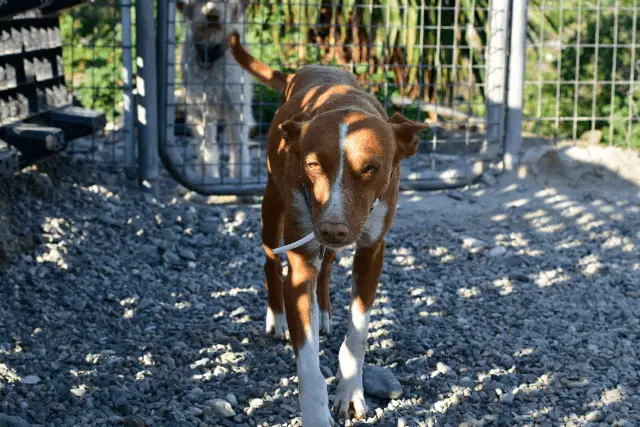
Bathing an Austrian Pinscher isn't necessary unless they've come into contact with a stench or are incredibly filthy. Bathing too frequently can cause the skin to become dry and inflamed, resulting in itchiness. Ideally, your dog's teeth should be brushed every day, but if you can only manage it a couple of times a week, that's fine. Dogs should have their teeth and gums cleaned by a professional once a year to keep them in good health.
Trimming their nails regularly is necessary to prevent paw problems. It is important to inspect the dog's ears on a regular basis to avoid any infections. Make sure to look out for redness, discharge, and an unpleasant smell. Ear cleaners that are safe for dogs can go a long way.
Training
The Austrian Pinscher's intelligence and adaptability should speak for themselves. When given a task, they can easily and quickly complete it without difficulty. Even the most experienced trainers can still face challenges when training one of these dogs.
If they don't think it's necessary or interesting for them to do something, the Austrian Pinscher will question it. They need consistent and authoritative training, which means not letting them have their own way when they act out.
Exercise needs
As a dog bred to roam freely in farmyards, an Austrian Pinscher should not be kept in an apartment or a small residence. They need to go outside and have plenty of room to run around. Even when these dogs are tired, they prefer to roam around their home and investigate the surroundings rather than rest.
Small in stature, the Austrian Pinscher requires a lot of physical activity to remain happy. An hour or more of daily exercise is recommended, as well as training sessions, canine activities, and games to keep them mentally occupied. Because of their high energy level, they are not lazy and, like many other breeds, will almost certainly develop destructive tendencies if not adequately exercised.
Socialization
The Austrian Pinscher is naturally suspicious of strangers, making them excellent watchdogs. However, that makes them challenging to socialize. It is absolutely crucial you start teaching your dog various rules and proper behavior from the moment the puppy arrives at your home. You can begin by introducing the puppy to various family members and friends.
After all the necessary vaccinations and a green light from your vet, you can take your dog to dog parks and busy streets. Your dog can learn how to interact with strangers, other dogs and what appropriate responses to various situations are.
Austrian Pinschers and kids
Austrian Pinschers make excellent family pets because of their loyalty and devotion to their owners. They get along well with children. They are very caring, gentle, and playful, making them ideal playing companions to the kids in the family.
Austrian Pinschers and other pets
To get along with other dogs, Austrian Pinschers must be properly socialized from an early age. Smaller dogs and other small pets should be approached with caution if the dog isn't used to having them around since it was a puppy. The Pinscher was bred to hunt rats and other small animals, which may cause them to be aggressive toward smaller pets, like gerbils or guinea pigs.
Health
The Austrian Pinscher is a breed about which little is known regarding health issues. They typically live 12 - 14 and aren't known to have serious health problems. There are a few conditions that may be worth keeping an eye out for;
- Hip dysplasia - Hip dysplasia is a common problem in dogs, and it can have long-term consequences. It is a condition where the hip joint doesn't form properly.
- Cardiac disease - No health study has been done to support claims that the Austrian Pinscher has a higher risk of heart failure than other breeds. Still, many owners and breeders recommend keeping an eye on their heart health.
Austrian Pinscher breeders
Once you have decided this is the right dog for you and your family, the next step is to find a responsible Austrian Pinscher breeder. However, these dogs aren't very popular outside their native country, so chances are, you'll need to contact an Austrian breeder. This can seem like an issue, but getting a dog from a reputable breeder means you are getting a puppy with the best possible start in life.
If you have any doubts or questions, feel free to ask the breeder. They will welcome your interest in breed specifics and what it would be like to live with an Austrian Pinscher.
World Dog Finder team

Updated at31.08.2023.
Breed History
The Austrian Pinscher was originally used as a farm dog whose main task was to control vermin and patrol the land. With their versatility, these dogs could also be used to protect livestock from predators.
The Austrian Pinscher is thought to be a cross between the German Pinscher and other local Austrian breeds. Because of their long history and storied pedigree, Pinschers are considered among the oldest breeds of dogs. It is difficult to determine the Austrian Pinscher's age because of a shortage of historical records. The breed was only officially recognized in 1928.
Originally bred to aid farmers in the work of their land, the breed was designed to serve a variety of functions. Even though physical appearance was never a priority, the breed members would have looked very different from one another in their past incarnations. It was essential for Austrian farmers to have a dog willing to protect their land and livestock from any dangers. In addition, they bred them to be friendly and accepting of other animals and of other people.
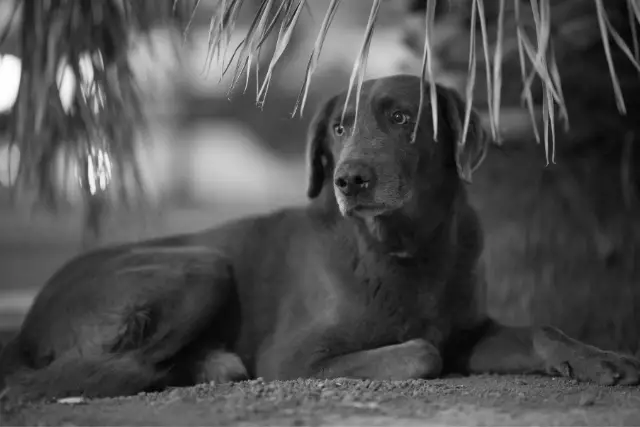
When Emil Hauck claimed that the Austrian Pinscher was a direct descendant of an ancient dog known as "Canis Palustris," he took an important role in the breed's history. His breeding program, which began in the early 1920s, included dogs that looked most like the ancient breed, resulting in a standardized canine that would go on to be known as the Austrian Pinscher.
The Austrian Pinscher was likely saved from extinction because of its adaptability and the fact that it lived in more rural areas. Many other European dogs became victims during World War II. Dogs that escaped the tragic fate of Emil Hauck's breeding program were not the same purebred animals that he used in his breeding program. Still, they were true to form and could perhaps better be described as traditional Austrian Pinschers. Austrian Pinschers that are purebred have been mixed with farm dogs so that the breed can be saved from extinction.
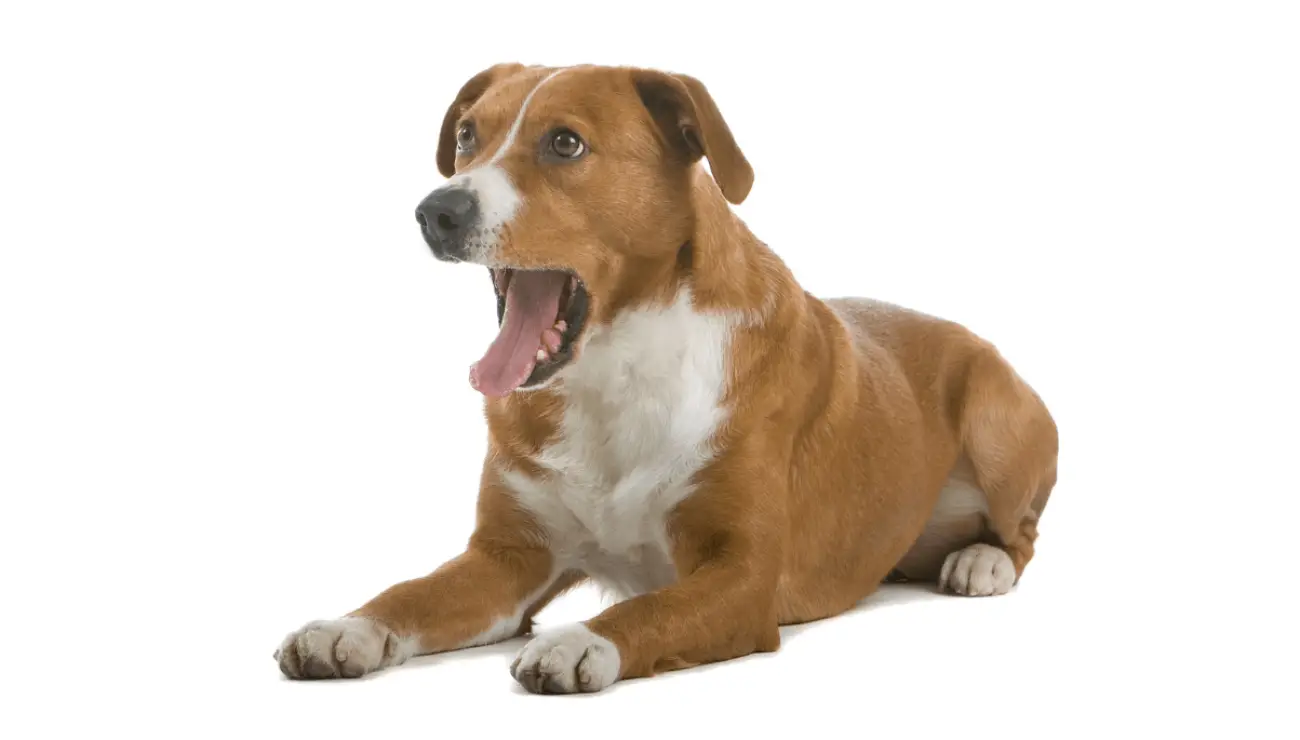
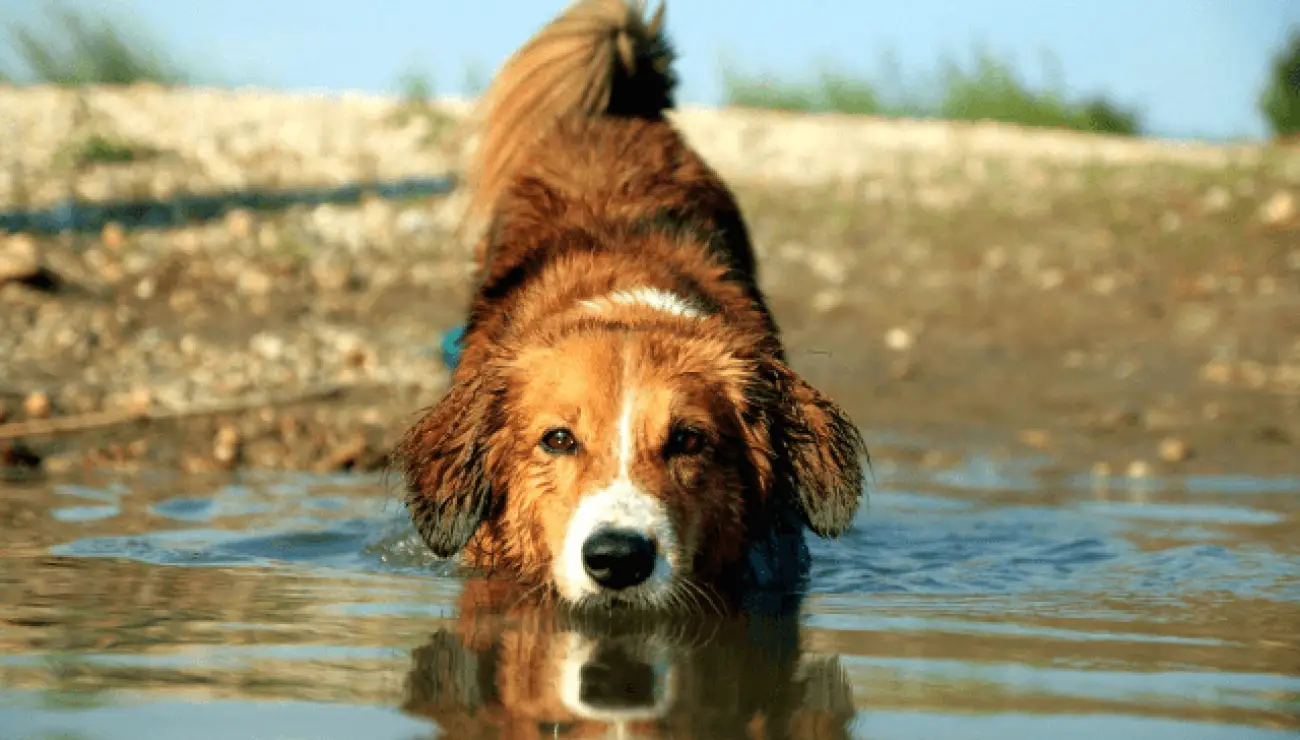
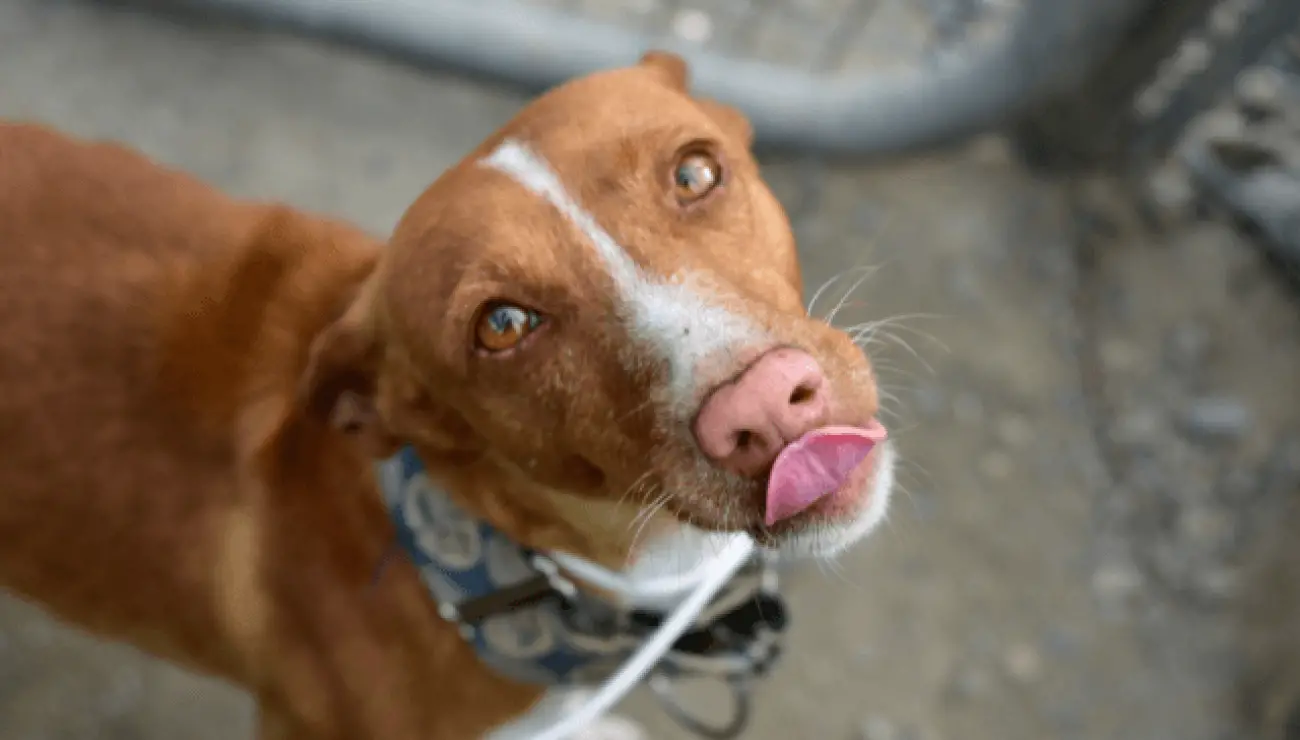
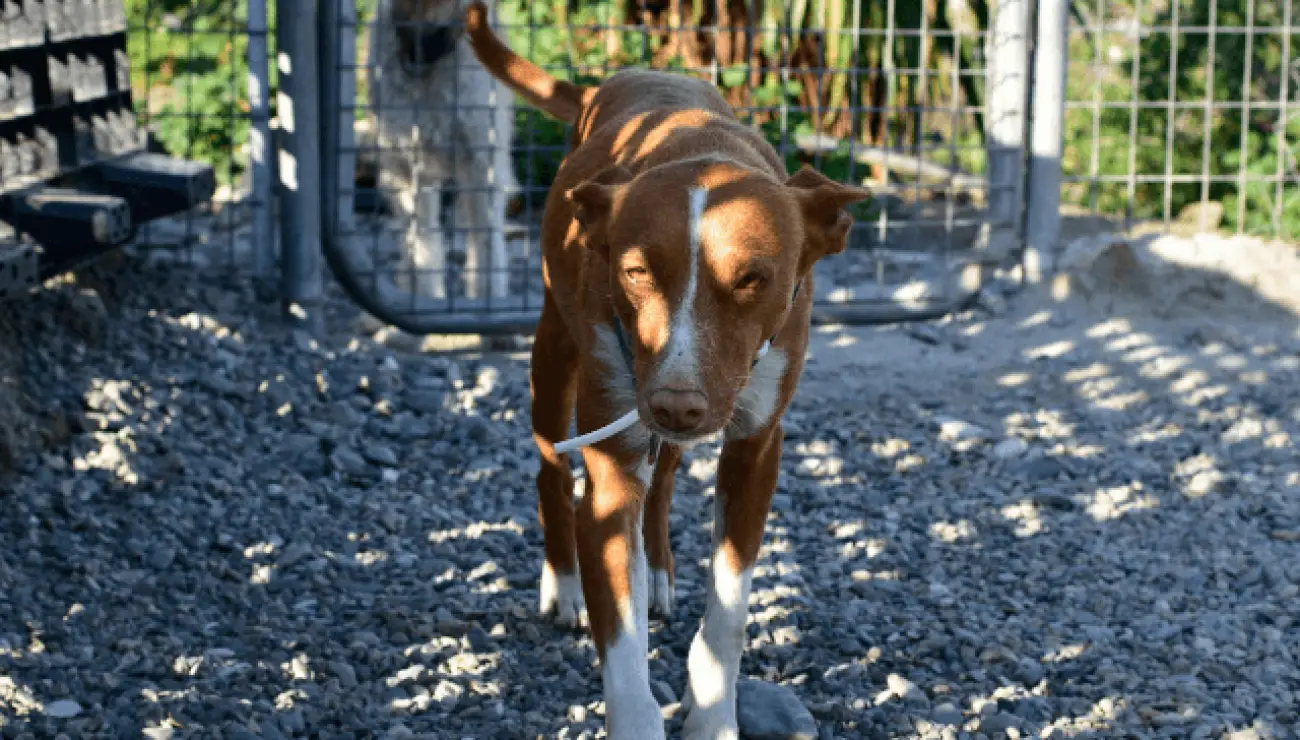
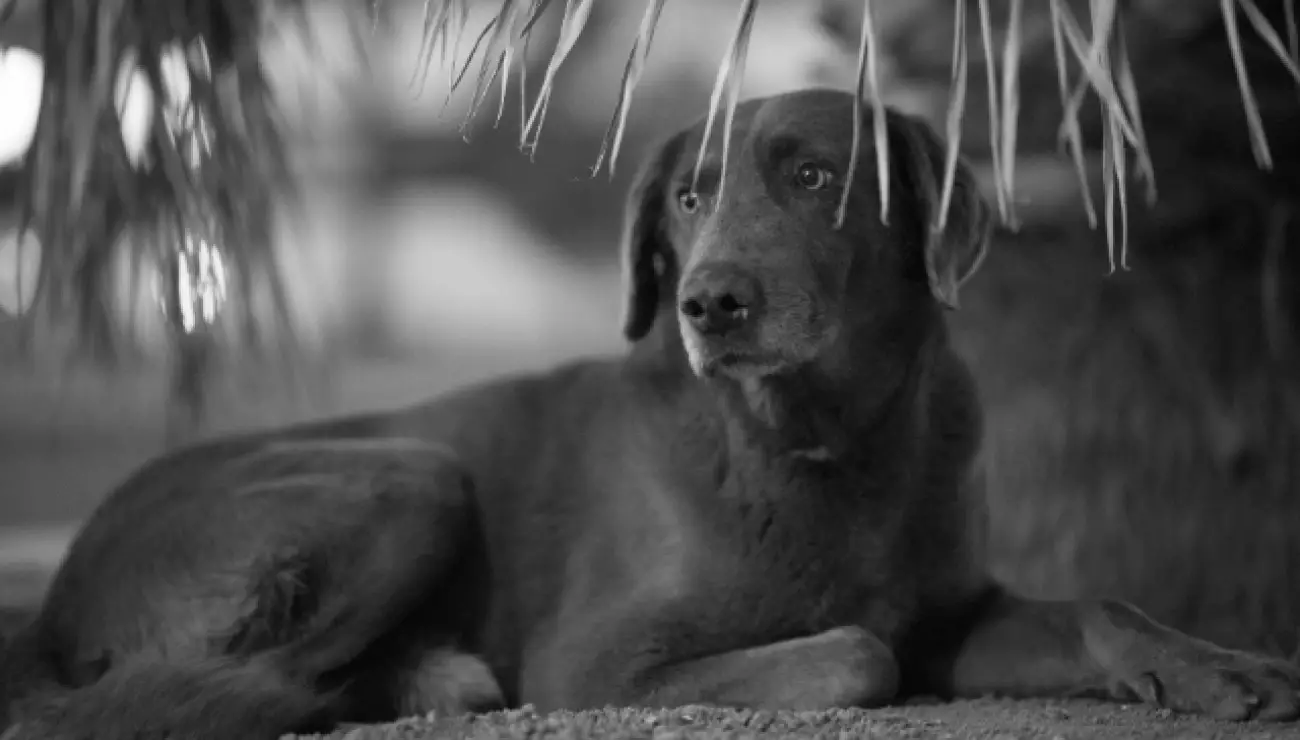
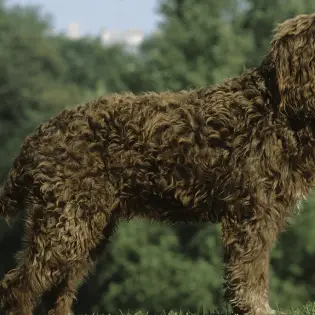
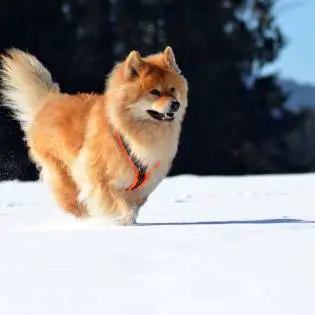
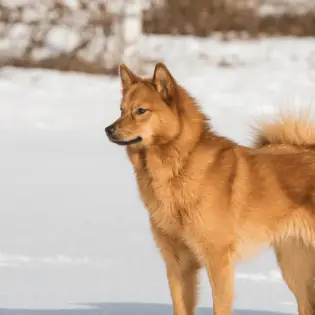
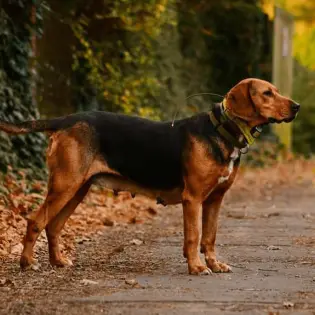
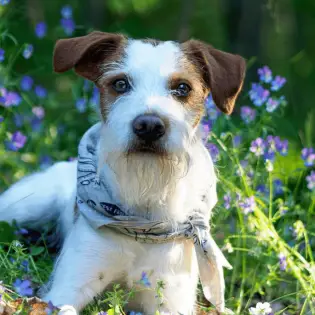
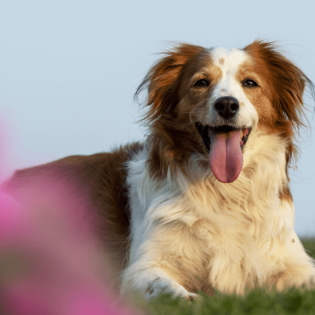
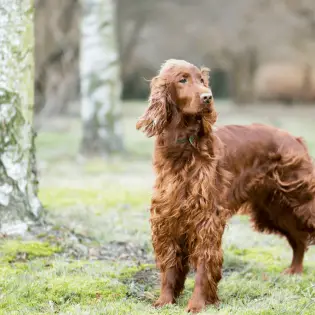
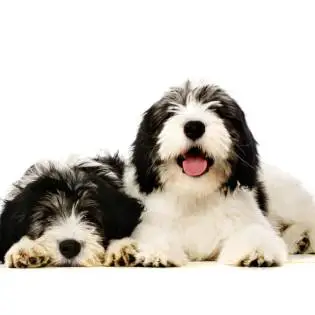
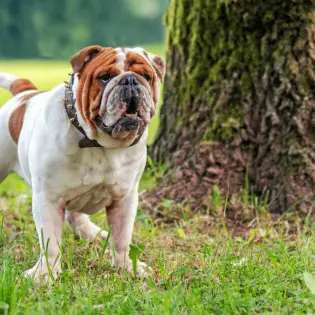
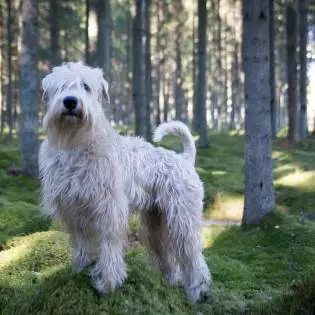

Share